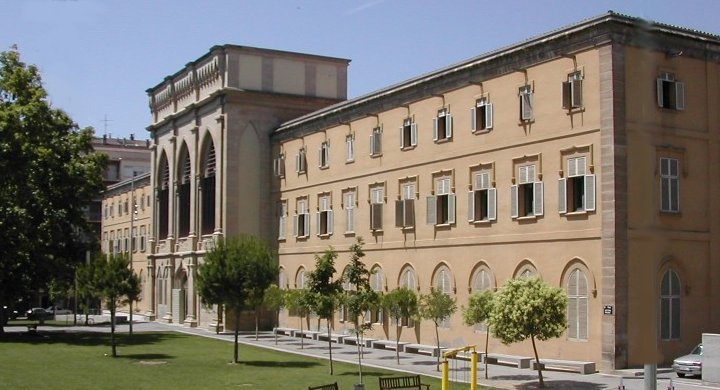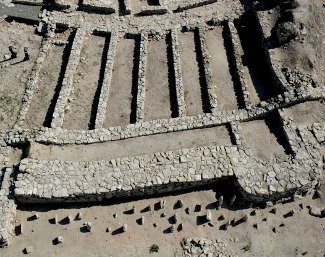12th June 2009
Download pdfThe cheval-de-frise barrier is the goal of the next excavation works in Vilars d'Arbeca
Works will develop between June and August 2009 and will also concentrate on the restoration of the upper face of the moat’s escarp. A budget of 120,000 Euros has been granted by the Ministry of Town and Country Planning and Public Works of the Generalitat government, together with the sponsorship of the Arbeca Town Council and the Institut d’Estudis Ilerdencs.
The cheval-de-frise is a defensive obstacle made up of vertical stone slabs measuring between 80 centimetres and one meter, which completely surrounded the walled precinct. It protected the most ancient fortress, which dates from the pre-Iberian period (700 to 800 BC) and which was later on substituted by the floodable moat. The findings of UdL archaeologists have compelled experts to reassess chronologies and theories about the origin of this defensive system.




